
Exploring Different Types of Watch Movements: A Comprehensive Guide to Watchmaking
Watch movements are the heart of any timepiece, powering the hands and complications that make a watch tick. With so many different types of watch movements available, it can be overwhelming to choose the right one. In this article, we will explore the different types of watch movements, including mechanical, quartz, and automatic, and discuss their advantages and disadvantages.
Introduction to Watch Movements
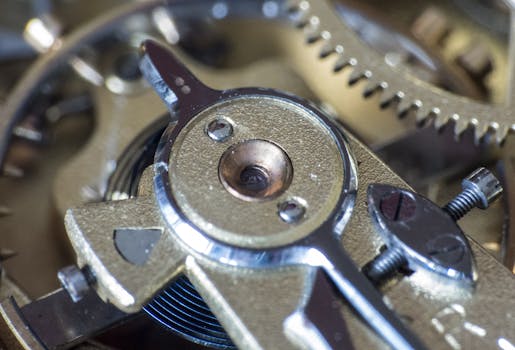
A watch movement is the mechanism that powers a watch, measuring time and transmitting it to the watch hands. Watch movements can be broadly classified into two categories: mechanical and quartz. Mechanical watch movements use a mainspring to store energy, which is then transmitted to the gear train and ultimately to the watch hands. Quartz watch movements, on the other hand, use a battery to power a quartz crystal, which vibrates at a precise frequency to regulate the timekeeping.
Mechanical Watch Movements
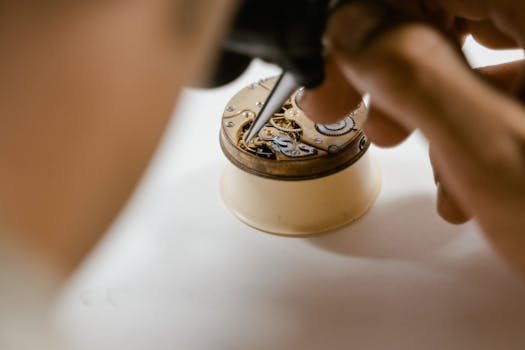
Mechanical watch movements are the traditional choice for watchmakers and are still widely used today. They offer a unique combination of craftsmanship, precision, and beauty. Mechanical watch movements can be further divided into two subcategories: manual winding and automatic winding. Manual winding watches require the user to wind the mainspring by turning the crown, while automatic winding watches use the wearer’s movements to wind the mainspring.
Manual Winding Watch Movements
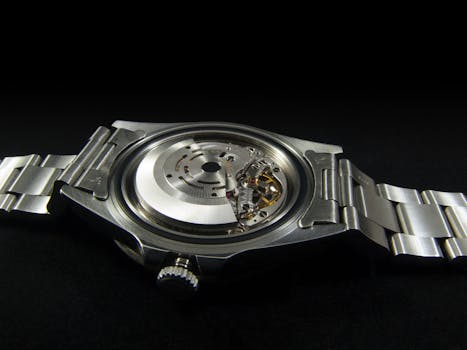
Manual winding watch movements are the most traditional type of watch movement. They require the user to wind the mainspring by turning the crown, which stores energy in the mainspring. This energy is then transmitted to the gear train and ultimately to the watch hands. Manual winding watches are often preferred by collectors and enthusiasts due to their unique character and craftsmanship.
Automatic Winding Watch Movements

Automatic winding watch movements, also known as self-winding watches, use the wearer’s movements to wind the mainspring. This eliminates the need for manual winding, making automatic watches more convenient and practical. Automatic watches use a rotor to wind the mainspring, which is connected to the gear train and ultimately to the watch hands.
Quartz Watch Movements
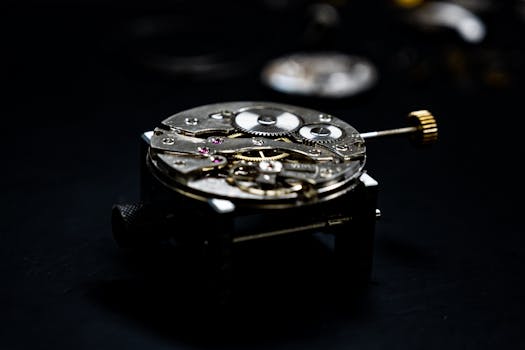
Quartz watch movements, on the other hand, use a battery to power a quartz crystal, which vibrates at a precise frequency to regulate the timekeeping. Quartz watches are known for their accuracy and reliability, making them a popular choice for everyday wear. Quartz watch movements are also relatively low maintenance, as they do not require regular winding or adjustments.
Advantages and Disadvantages of Quartz Watch Movements
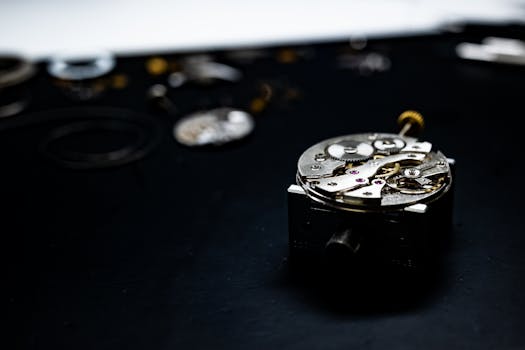
Quartz watch movements have several advantages, including high accuracy, low maintenance, and affordability. However, they also have some disadvantages, such as battery replacement, lack of craftsmanship, and limited repairability.
Automatic Watch Movements
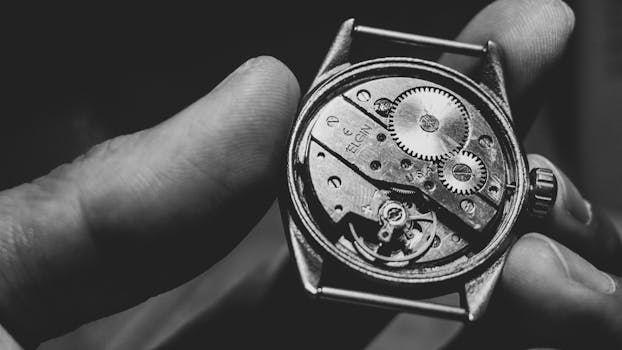
Automatic watch movements, also known as self-winding watches, use a rotor to wind the mainspring, eliminating the need for manual winding. Automatic watches are a popular choice for everyday wear, offering a combination of convenience, accuracy, and style. Automatic watch movements are also relatively low maintenance, as they do not require regular winding or adjustments.
Advantages and Disadvantages of Automatic Watch Movements
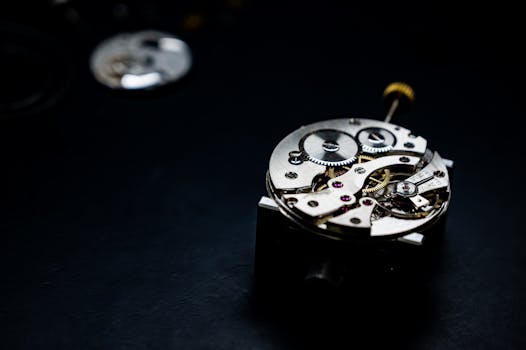
Automatic watch movements have several advantages, including convenience, accuracy, and style. However, they also have some disadvantages, such as higher cost, complexity, and limited repairability.
Conclusion
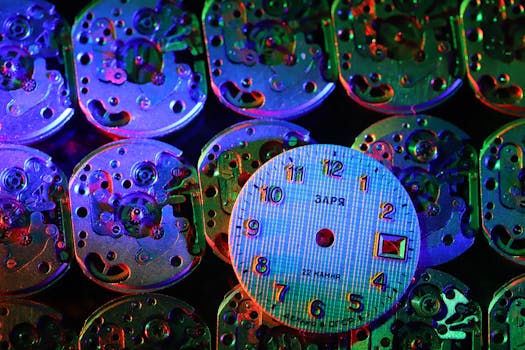
In conclusion, watch movements are a critical component of any timepiece, powering the hands and complications that make a watch tick. With so many different types of watch movements available, it can be overwhelming to choose the right one. By understanding the advantages and disadvantages of each type of watch movement, you can make an informed decision and choose the perfect watch for your needs and preferences.






